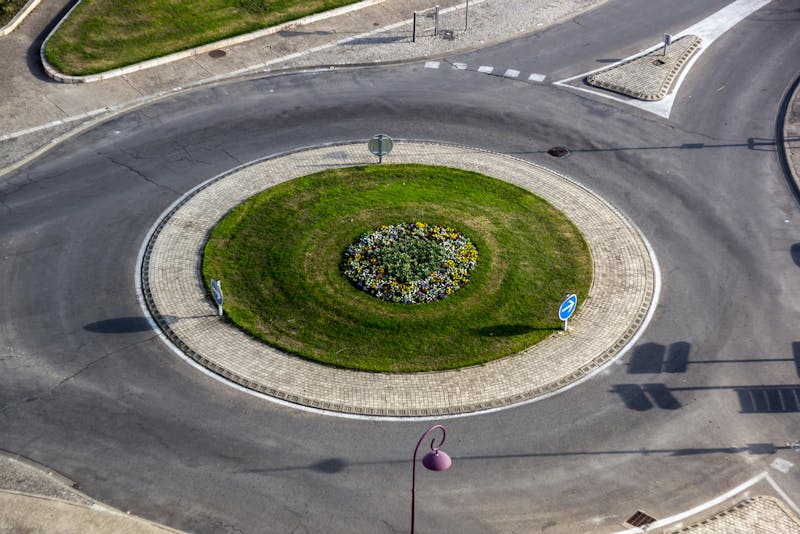
Roundabouts are widely used throughout the rest of the world, but cities, towns and municipalities across the United States have been slow to adopt them despite the fact that many studies show them to be safer and more efficient at moving traffic through than traditional traffic lights. Roundabouts in Florida are slowly beginning to be adopted as well, but very few drivers have any idea what to actually do while driving in a roundabout. Some drivers fly into them at high speeds and refuse to yield to the cars that are already in the roundabout, while other motorists who are already in the roundabout may come to a complete stop to let other cars into the roundabout even when not required to do so. If you have been injured due to someone else’s negligence in an accident that occurred in a roundabout, then the experienced attorneys of Schwed, Adams & McGinley can assist you in recovering maximum compensation for the injuries you suffered as a result of someone else’s negligence.
Law Relating to Roundabouts in Florida
Roundabouts in Florida are designed to cut down on accidents and move all traffic in a single direction at once. Due to the fact that traffic is only going in a single direction, then a driver only has to look a single way–left–before proceeding into a roundabout. Drivers who approach, but have not already entered, a roundabout typically have yield signs and are supposed to yield the right of way to vehicles that are already in the roundabout. If a driver is waiting to enter into a roundabout, then he or she is required to wait until traffic has cleared and the motorist can then proceed safely into the roundabout. Drivers are also required to still use a turn signal if turning right out of a roundabout to ensure that other vehicles know where the turning vehicle is headed.
What About Pedestrians and Bicyclists?
Pedestrians and bicyclists can be a particular challenge for drivers who are in roundabouts because, like everything else about roundabouts, the rules are not as clear cut in a roundabout as at a normal intersection, where there would be a pedestrian signal present to tell pedestrians when it is safe to go and when it is not. Each roundabout typically will have a crosswalk and then will also have an island in the center for pedestrians to wait for traffic to clear while crossing each side of the roundabout. Pedestrians are only permitted to cross a single side of the roundabout at any one time and are required to wait on the center island for traffic to clear before proceeding to cross to the other side. Roundabouts typically will not contain bicycle lanes, so bicyclists are required to either use the crosswalks like any pedestrian would or else to follow the same rules as motorists.
Contact Schwed, Adams & McGinley
At Schwed, Adams & McGinley, our experienced personal injury attorneys have more than 150 years of experience representing the victims of motor vehicle accidents and other personal injury scenarios in Florida. Our firm and its attorneys have handled cases involving accidents caused in roundabouts and, unlike many Floridians, are familiar with the rules that apply to both motorists and pedestrians in roundabouts. If you have been injured due to someone else’s negligence in Florida, contact the experienced personal injury attorneys at Schwed, Adams & McGinley, P.A today at 877-694-6079 or [email protected] for a free consultation.
